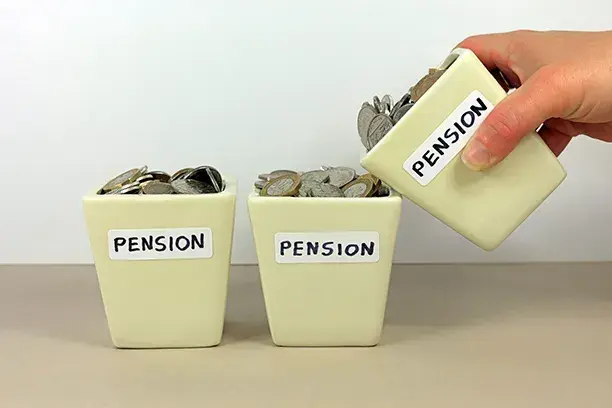This Spring Statement was always intended to be a fiscal non-event.
Chancellor Rachel Reeves had promised that there would only be one major economic event each year and last October’s controversial budget was most definitely intended to be it.
Speculation has been rising that this Spring Statement might break that promise, and bring some surprises and policy changes, amidst the economic headwinds the government currently faces. Most notably:
No real signs of the growth that she and her government colleagues have bet their reputations on. This is before the increase to employer National Insurance announced in October has washed through the economy. With the Office for Budget Responsibility (OBR) publishing their updated forecast in advance of the Statement there was a growing expectation that the Chancellor would be forced into more substantial policy changes than she would like, including tax increases.
A report from the OBR that estimated that the controversial cuts to welfare spending would save £1bn less than the government had forecast. This has created pressure for further cuts in spending.
The need to fund further defence spending by £2.2bn, in part due to pressure from the US. In February, the Prime Minister announced the government would increase spending on defence to 2.5% of GDP by 2027, with an "ambition" to reach 3% after the next general election.
Low growth and higher borrowing costs have left the Chancellor even more constrained by her own fiscal rules than in October. Without a significant change to economic growth, it is hard not to wonder ‘when’ rather than ‘if’ Reeves will start to course correct, all of which fuels more speculation about what this will look like, and greater uncertainty which hinders investment and growth.
One piece of good news was a drop in inflation to 2.8% in February after it had crept up to 3% in January.
So what is the purpose of a Spring Statement? It was intended as a way of measuring government progress against its targets using the OBR's forecast as the barometer of success. There were to be no new tax changes and only a few peripheral new policies announced.
And that’s pretty much what we got.
There were no changes to taxation.
- The OBR has halved the 2025 growth estimate from 2% to 1%.
- However, the OBR has also upgraded the UK’s economic growth forecast from 2026 onwards. GDP growth is forecast at 1.9% in 2026, 1.8% in 2027, 1.7% in 2028, and 1.8% in 2029.
- US trade tariffs are a key geopolitical risk to UK growth with the potential to wipe out any surplus.
- The OBR believe debt as a percentage of gross domestic product (GDP) will fall in five years’ time, meeting one of the Chancellor’s key rules.
- The Chancellor believes the 2% inflation target will be met by 2027. The OBR now thinks inflation in 2025 will average 3.2% before "falling rapidly" to 2.1% in 2026, and reaching the Bank of England's 2% target from 2027 onwards.
- An additional £2.2bn defence spending will be funded by overseas aid cuts, as expected. There was a focus on making the UK a major international player for defence.
- Whilst borrowing and debt are more expensive than previously expected, the OBR have stated that they believe the Chancellor’s policy changes, including welfare reforms and cuts to day-to-day departmental spending, will “restore it to the £10bn surplus the chancellor had in October”.
There was nothing of note to mention for personal finances. There is already a major review of pensions underway which could see state pension age rise, more pension money diverted towards UK business, and consolidation of pension funds. We are likely to see more reform in the Autumn should the situation worsen. However, there were no ‘rabbits in the hat’ this spring.
Sources:
- Spring statement 2025 live: Rachel Reeves set to slash benefits again in billions of budget cuts | The Independent
- Spring Statement 2025 live: UK growth forecast halved for 2025, Reeves says, but longer term estimates upgraded - BBC News
This article is for informational purposes only, this should not be taken as advice. Past performance is not a guide to future performance, nor a reliable indicator of future results or performance.
The tax treatment is dependent on individual circumstances and may be subject to change in future.










